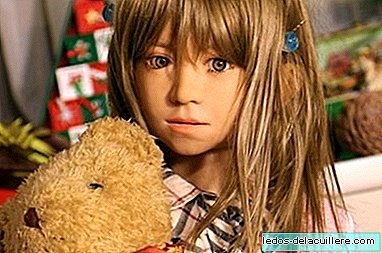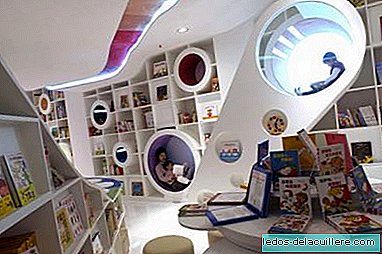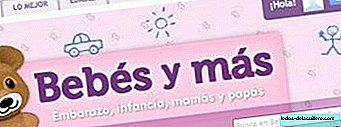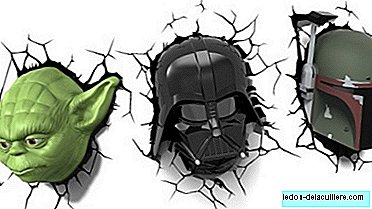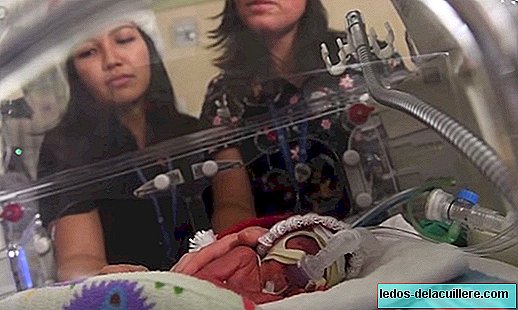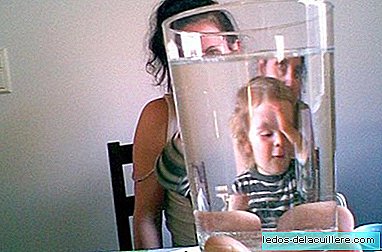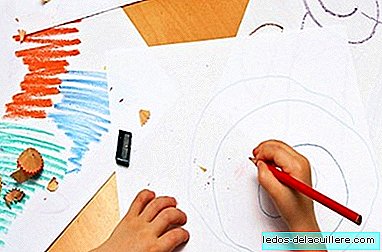
We continue today interviewing psychologist Judit Cueto about children's drawing and on this occasion we will deepen the attitude that parents and educators must have to ensure the best development of their creativity.
Is it convenient to correct them when they paint to make it more naturalistic?
In my opinion the corrections are the result of the devaluation that for some adults has the children's drawing. Believe that the drawings must be in this or that way is to have a very small vision on the way of expressing the children. Drawing should always be a means of free expression, a space of personal creation that is not limited externally.
By correcting we censor and in a certain way we impose a certain way of seeing and doing things.
Children reach the critical sense of art a little for themselves and a little for what they receive from our culture and values. It is much more positive that they reach that critical look on their own. After all, art is the way it is depending on who looks at it.
Are drawings or coloring sheets necessary?
The child has a natural predisposition to express themselves through the drawings without the need for notebooks or tokens. From my professional point of view it is more advisable to encourage free drawing by letting the little one flow. If we don't do it this way, we are missing the magic of his creativity and a lot of valuable information that this child transmits through his drawings. The continued use of the cards can cause negative effects in the child, since on the one hand it conditions its expansive nature by limiting the space in which it must draw, and on the other it slows down its creative capacity since it imposes certain drawing models (for example how is a flower, a frog or a clown).
What benefits them?
The drawing has many benefits for the child's development. On the one hand it stimulates your perception and creativity, develops your fine motor skills and hand-eye coordination, and serves as training for writing. It is also a powerful activity of self-knowledge, since children are experimenting on their own and testing their abilities without the need for intervention. It also improves attention and concentration in a task, it is a means of expression, especially in the stages in which language is not sufficiently developed, and you can use it as a channel of emotions, since by putting a certain distance it facilitates their recognition and assimilation.
What can we know about our children through their drawings?
In the drawing the child projects his inner world, shows us his particular vision of the world as he lives it. Thanks to the drawings, we can understand their way of thinking and acting, better focus the game activities, know how they will adapt to the changes or how they will relate to other children. Hence we can affirm that the drawing provides very valuable information about our children. Learning to observe their creations, analyze and interpret what we see, can help us to accompany them properly in their psychological, social and emotional development.
You are a psychologist, why did you orient yourself towards the area of interpretation of the drawing and its free expression?
As a child I was fascinated by the fact that through written expression we could approach the knowledge of others. But it was because of having children when I became more interested in children's drawing and the way in which children express themselves through it. My children, being still very young, have limited verbal language, so for me drawing has become a fundamental tool to get closer to them and understand them better. On the other hand, my commitment to a respectful upbringing towards the natural process of child development has led me to understand drawing from its essence, as an act that must be respected and valued, giving it the importance it deserves. In short, conceiving the drawing as a free and natural act in the child.
Any final advice for parents and educators?
I would say that whenever possible they encourage free drawing in children, give them the possibility to experiment with different materials and supports for drawing, and let them express themselves without conditioning them with aesthetic assessments or under artistic criteria. Drawing should not only be considered an activity for children to be entertained nor should it be a school imposition. In my view, it is an opportunity for adults to communicate with children beyond the limitations of oral language and share special moments with them, moments of inner connection.
We thank the psychologist Judit Cueto what she explained to us in this interview about the development of children's drawing and we will continue, this week, talking with other specialists in children's creativity, something that we hope will help you to better accompany your children.



